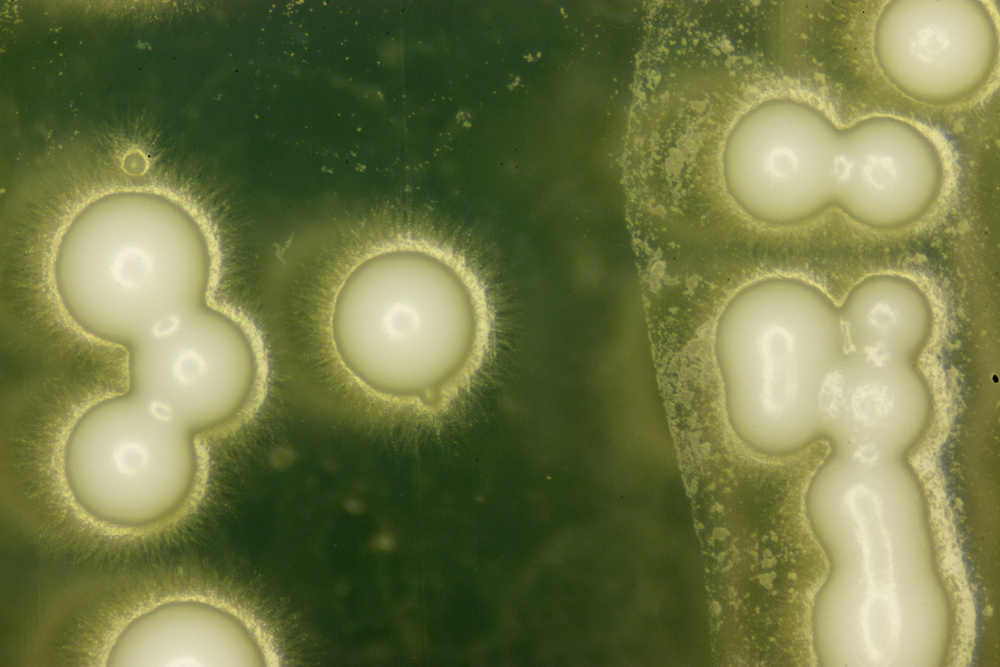
A team from Tufts University has developed genetically modified yeast that can more efficiently consume xylose, enabling it to grow faster and to higher cell densities.
Xylose is a sugar derived from the otherwise indigestible parts of plant material. The discovery could pave the way for the design of new synthetic organisms for industrial applications.
Organisms such as bacteria and yeast can be transformed into “mini-factories” when fed nutrients to produce a bevy of products, including pharmaceuticals, industrial chemicals and biofuels. However, a central challenge has been the efficient conversion of abundant feedstocks into the final product, particularly when the feedstock is not something the bacteria or yeast normally “eat.”
The researchers found that conventional approaches to modifying organisms to consume novel nutrients constitutively yields inefficiencies when the nutrient metabolic pathways are not linked to downstream pathways for stress-responses, cell growth and other functions crucial to the health of the organism.
However, the researchers took a set of regulatory genes, called a GAL regulon that normally processes galactose and replaced some of the genes with those that become activated by and direct the breakdown of xylose.
This preserved a more natural interaction between the genes that govern feeding and those that govern survival. The researchers called the new synthetic regulon XYL.
“Instead of building a metabolic framework from the ground up, we can reverse engineer existing regulons to enable an organism to thrive on a novel nutrient,” Nikhil Nair, PhD, an assistant professor of chemical and biological engineering at Tufts and corresponding author of this study, said in a statement. “Adapting native regulons can be a significantly faster path toward the design of new synthetic organisms for industrial applications.”
One possibly application is the production of ethanol as a biofuel. There has been concerns about diverting significant portions of crops, including corn, to biofuel production because it may have a negative impact on the availability and cost of the food supply.
However, the ability to ferment xylose could lead to biofuel production that does not compete with the food supply.
The researchers found that several genes activated in the XYL regulon-controlled yeast that upregulated pathways involved in growth, including cell wall maintenance, cell division, mitochondrial biogenesis and adenosine triphosphate (ATP) production.
Yeast strains that had constitutive (mostly unregulated) control of xylose metabolism triggered pathways related to cell stress, starvation and DNA damage.
“Our study applied this approach to xylose, but it suggests a broader principle – adapting native regulons for the efficient assimilation of other non-native sugars and nutrients,” Nair said. “Nature has already done the work of tuning genes and metabolic pathways to the environment of the organism. Let’s make use of that when introducing something new on the menu.”




